2024-25 Research Topics
If you are interested in working on a Capstone Marketplace research topic for your senior capstone design course, please submit an Expression of Interest form.
Interested faculty and students may also view these topics on a spreadsheet. Note: 2023-24 legacy topics are no longer available.
2024-25 Research Topics
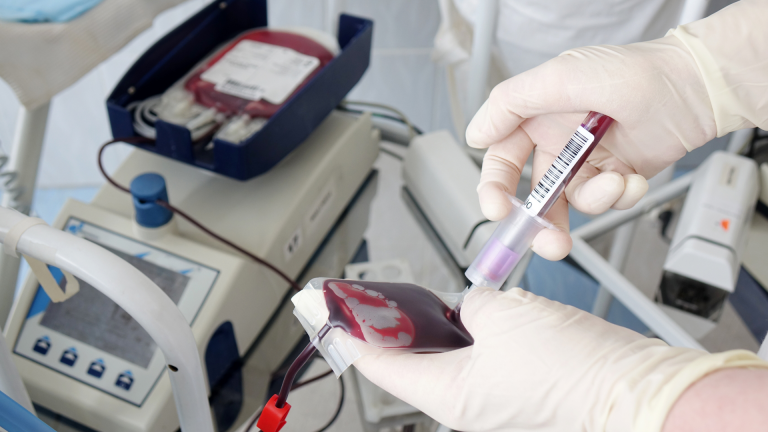
2024 Bio 01 “Any Donor” blood transfusion
Continue the development of an “Any Donor” blood transfusion technology for field use. Process and device must provide compatibility between different blood types for transfusions in critical combat care situations
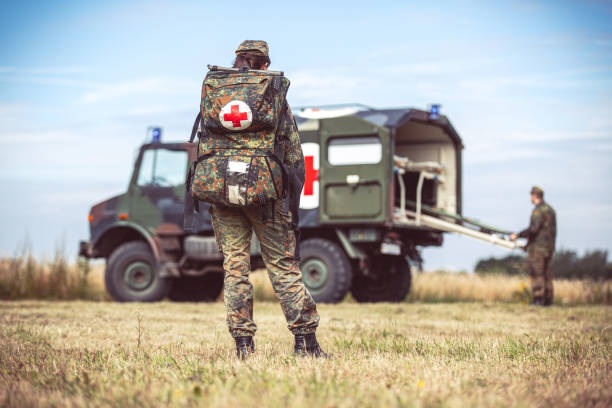
2024 Bio 02 Blood as a Finite Resource
Research the development of a shelf stable oxygen delivering fluid as a lifesaving tool in a combat/ trauma environment. Battlefield casualties need clotting factors and oxygen transport in their bloodstreams as they are treated for combat injuries. Currently oxygen carrying capacity is found only with red blood cells that have significant constraints on their storage and use.
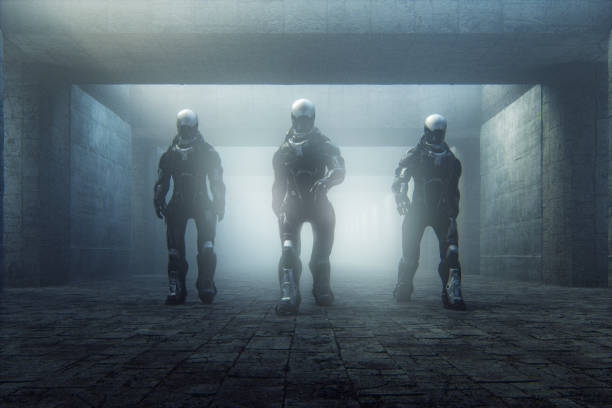
2024 Bio 03 Homeostasis in Confined Subterranian Environments
Investigate a transdermal patch or other biomedical intervention to manage soldiers’ physiological homeostasis, fatigue, and performance. The increasing need for confined/subterranean operations requires individuals to remain underground for weeks and possibly months at a time. Personnel must be able to maintain physiological homeostasis in the absence of unpredicted availability/quality of food/water, oxygen, light, social interaction, etc.
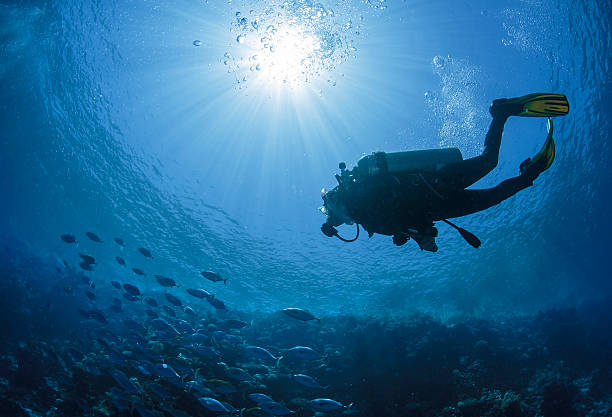
2024 Bio 04 Body Mounted N2 sensor for Diving
Develop a non-invasive sensor that can detect incipient nitrogen bubble formation in the bloodstream of divers and pilots. Device will be able to alert subject that decompression disease is likely

2024 Bio 05 Personal Hydration Detector
Conduct market surveys and subsequent field testing of COTS devices to measure hydration of operators in training and operational situations
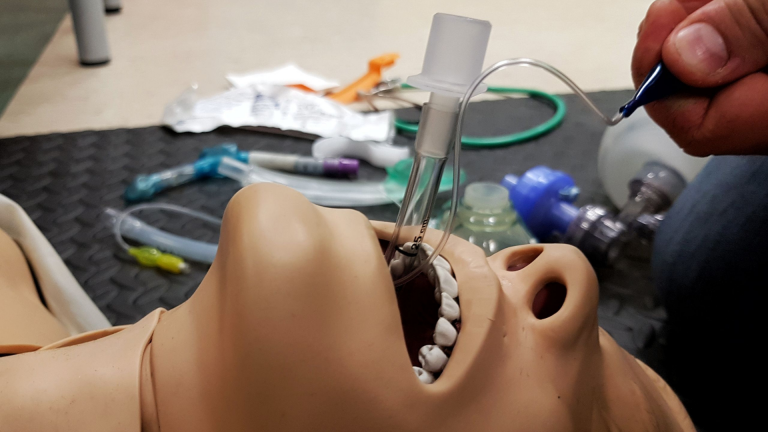
2024 Bio 06 Automatic Intubation Device
Continue the development of a self-contained automatic intubation device that can be used by operators to restore airways in subjects in combat situations before definitive medical care is available.
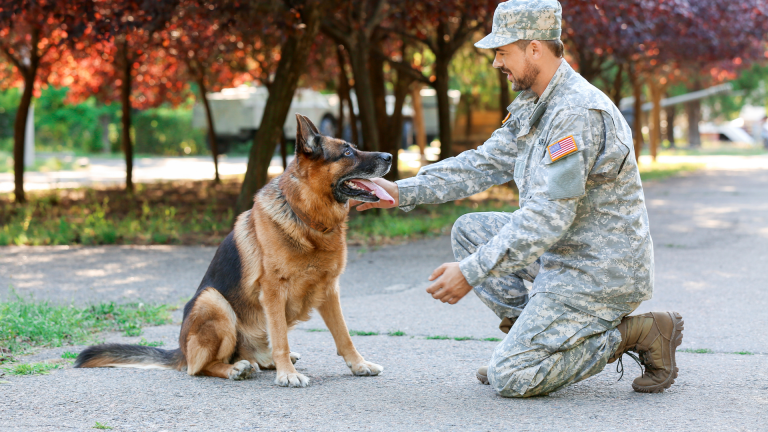
2024 Comms 01 Covert Comms to Working Dogs
Continue the development and testing of covert communications from handlers to military and Law Enforcement working dogs. Technology must provide for communications to working dogs that are undetectable by humans in the vicinity of the dog
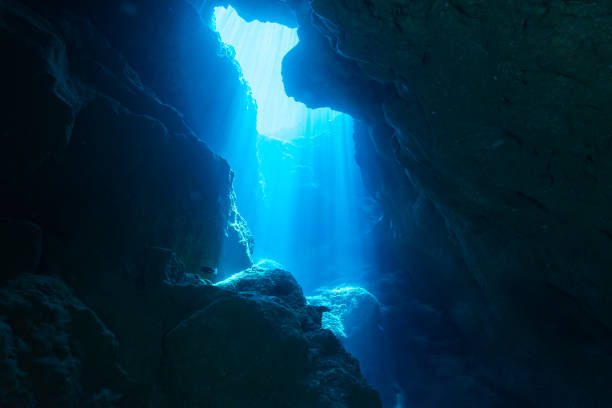
2024 Comms 02 Blue Laser for Underwater Comms
Test the absorption and transmissivity of various frequencies of blue lasers through seawater. Frequency shift light transmissions to find and exploit “holes” in the absorption spectra. Provide proof of concept demonstration for an Underwater Comm System
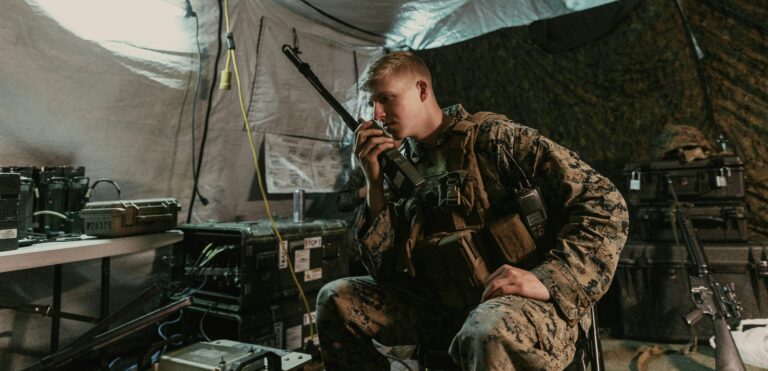
2024 Comms 03 Undetectable Personal Communications Systems
Investigate, compare, and analyze various technologies for point-to-point communications between individual operators by RF, magnetic, optical, IR, UV, ultrasound, and other physical means. Demonstrate a prototype comms system.
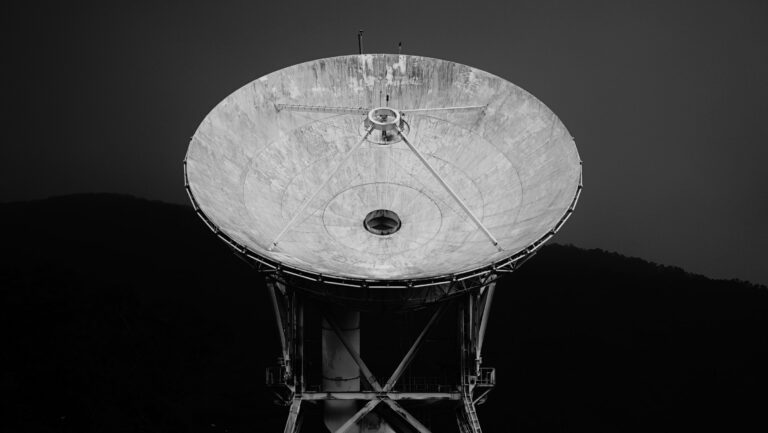
2024 Comms 04 Low Probability of Detection Ground to Space Comms
Design a prototype system for high rate duplex communications from ground to space assets in LEO with minimum detectability
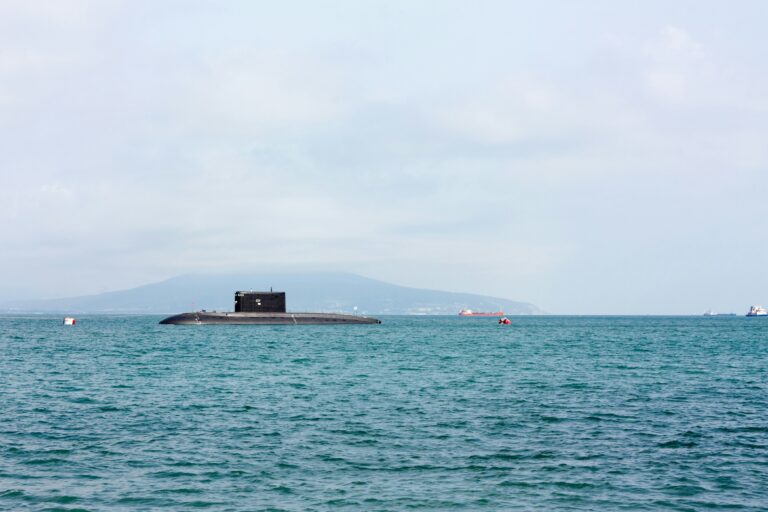
2024 Sub 01 Electronic Tablet for Submersible Operations
Continue the development of a tablet based electronic checklist for a small manned submersible. Expand the functionality and utility of the device. Test in various use cases.
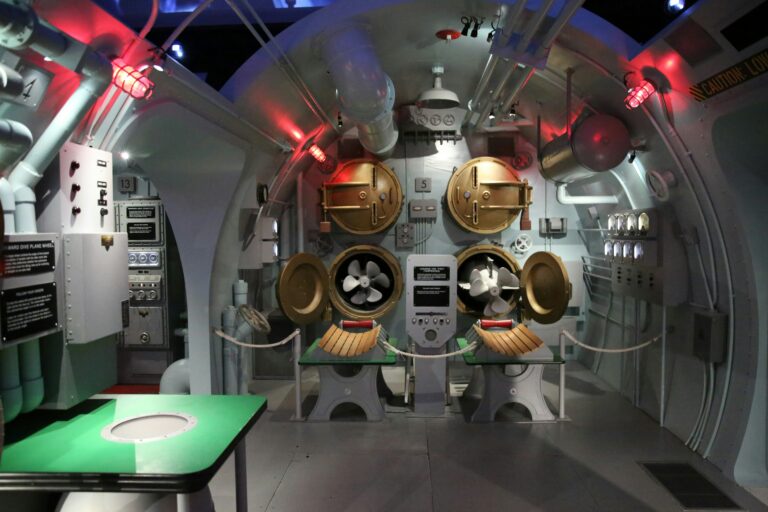
2024 Sub 02 Sub Simulator
Continue development on a laptop-based submarine simulator that will integrate multiple onboard systems and their functionalities
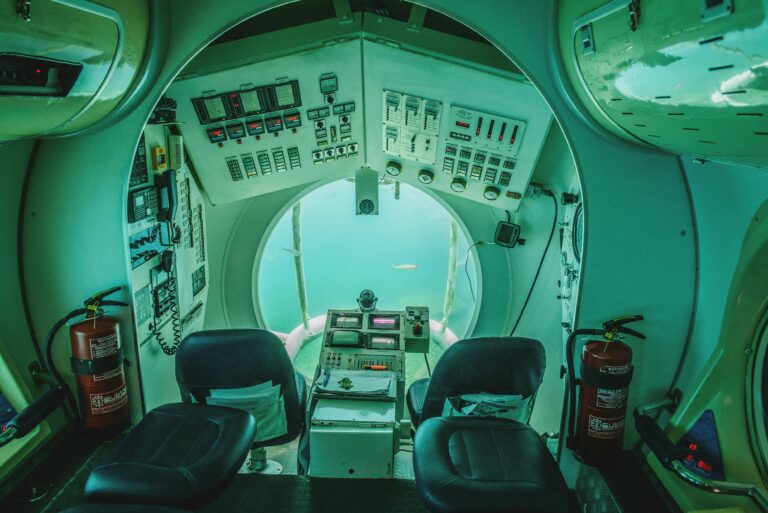
2024 Sub 03 Sub Autopilot Prototype
Develop a prototype small submarine electronic autopilot device. Conduct prototype testing in a “computer in the loop” and “hardware in the loop” environment.
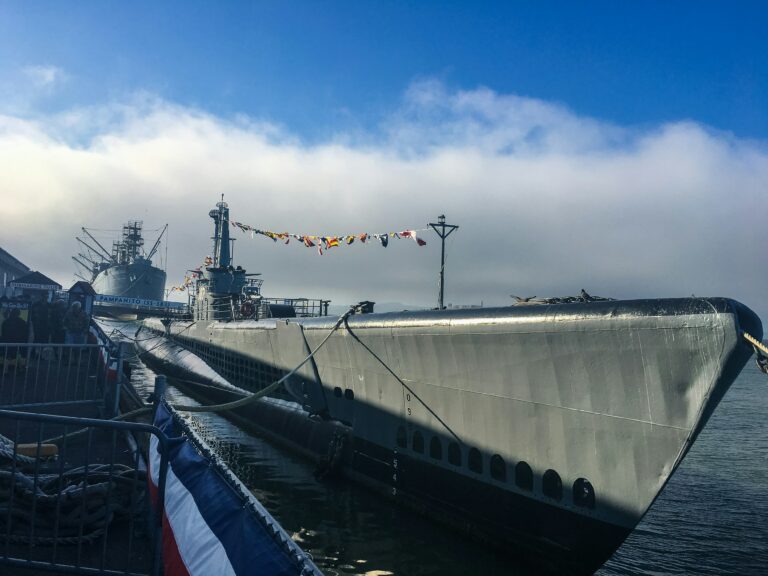
2024 Sub 04 Submarine Hydrodynamic Model
Develop and demonstrate a small scale sub model prototype. Test the model to validate 6 DOF motion coefficients for a full size sub platform
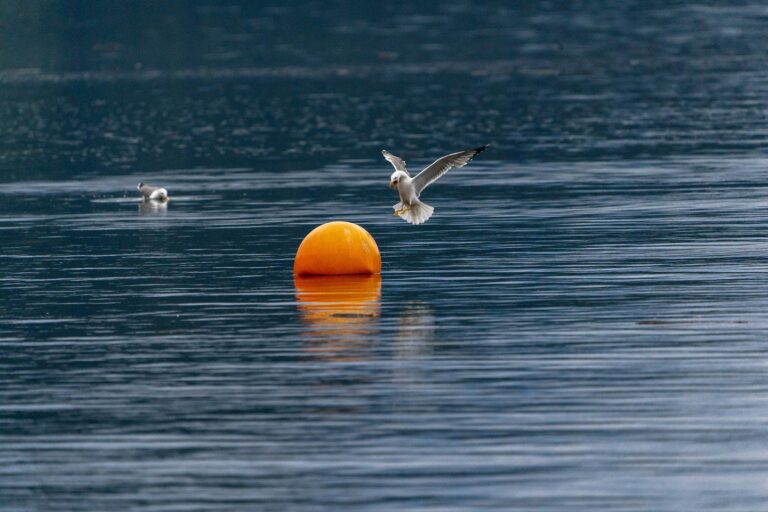
2024 Sub 05 Deployable GPS Buoy
A buoy must be deployed from a submersible, float to the surface, and receive GPS signals. Signals are then sent down the buoy tether to the submersible. Buoy must be able to reach the surface from a depth of at least 50 meters, and has to be remotely deployable and retrievable. The buoy will be about the size of a large tomato can. Housing and Interface characterisitics will be provided. A prototype and demonstration is required.
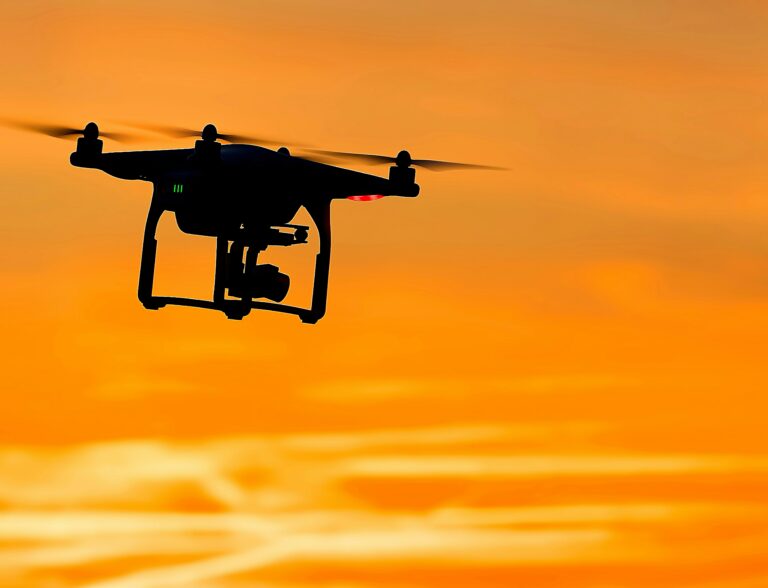
2024 UAS 01 UAV/Drone Precision Geolocation without GPS
Develop and demonstrate means for small drones to navigate accurately when GPS signals are disrupted, unreliable, or not available.
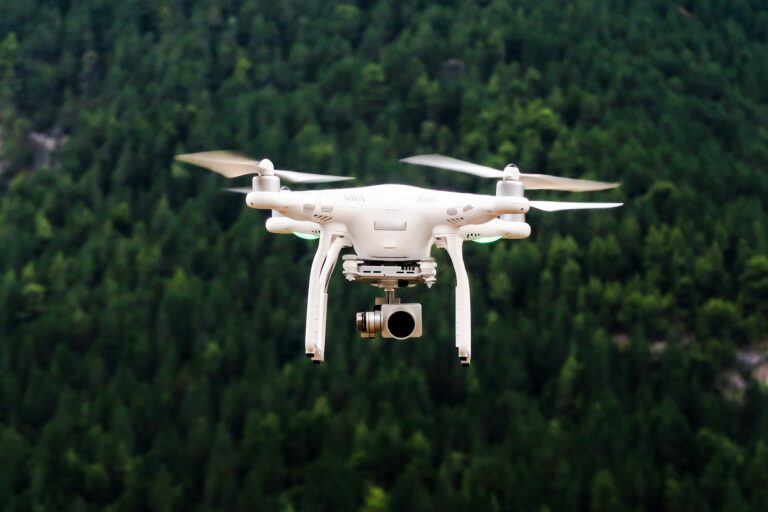
2024 UAS 02 Laser Obstacle Avoidance for Drones
Provide a navigation/collision avoidance capability for a small drone using laser sources and sensors

2024 UAS 03 Fire Control System for Small Drones
Adapt off the shelf imaging or other fire control systems to allow precise weapon employments from a small drone
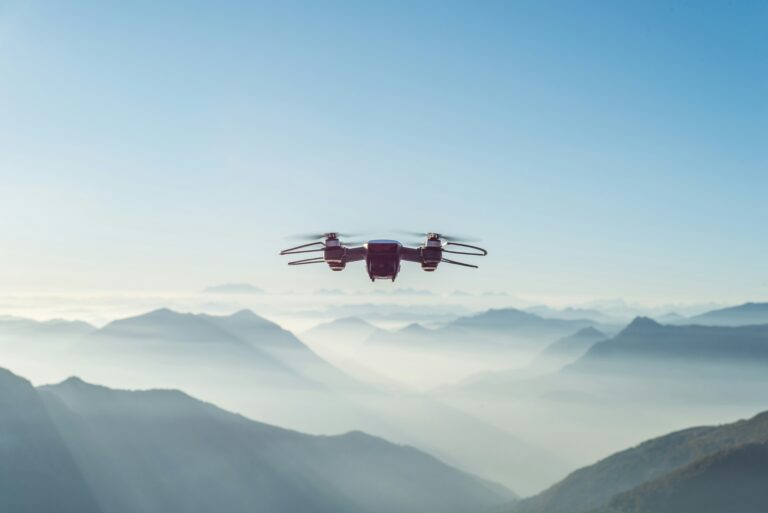
2024 UAS 04 Remote Drone Recharge Station
Develop a small portable, self-contained station that can automatically recharge small drones

2024 UAS 05 Analog Drone
Develop and demonstrate a quadcopter or small (group 1) drone that can fly using only analog electronics on the drone. Drone should be impervious to interruptions caused by microwave jammers
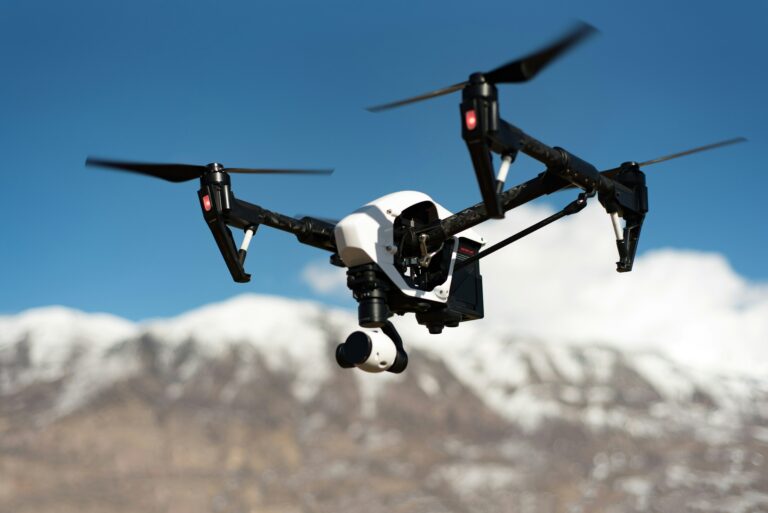
2024 UAS 06 “Offset” Drone Control System
Develop means to control drones where the signals from the operator and the operator’s location can be hidden or spoofed to hostile detection. Consider use of “starlink” or other remote communications techniques.
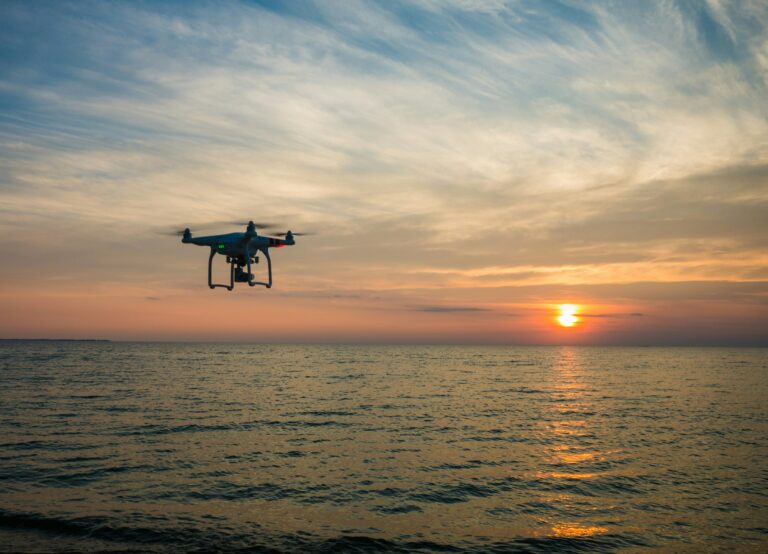
2024 UAS 07 Drone Detection and ID Market Survey
Conduct in-depth analysis and reporting of visual, thermal, acoustic, or other means to detect and identify small drones at distance
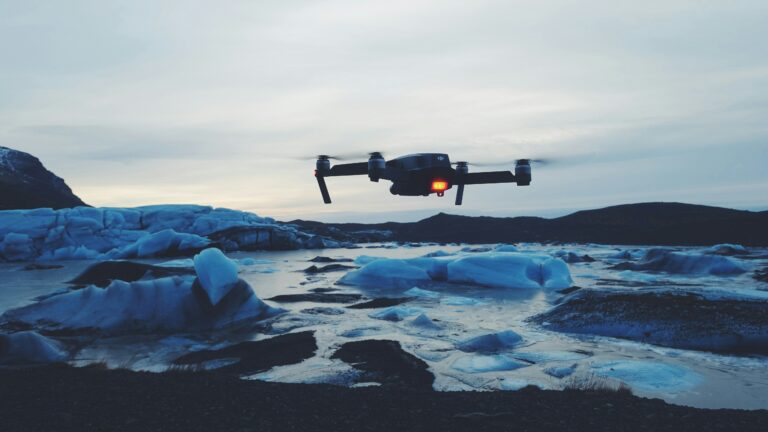
2024 UAS 08 Drone RF Signature Characterizations
Characterize the electromagnetic emission signatures of drone motors, high frequency drone computing systems, communications equipment, and acoustic signatures of propulsion systems. Analyze the utility of results to detect and locate drone position and activities.
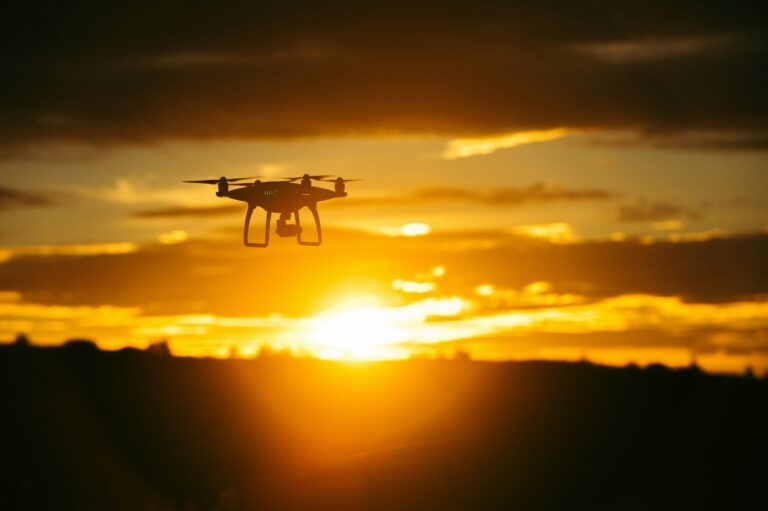
2024 UAS 09 Using Light Sources to Hide drones
Investigate, prototype and demonstrate a light-based drone cloaking device

2024 Sensor 01 Sensing underground activity
Develop small deployable sensor packages that can detect, locate, and classify unusual activity through seismic or acoustic sensing in natural and man-made materials

2024 Sensor 02 Remote building monitoring using Wireless, RF, Power supply monitoring
Develop low observable means to monitor remote buildings in order to identify and characterize the operation of specific electrical/mechanical devices taking place inside.
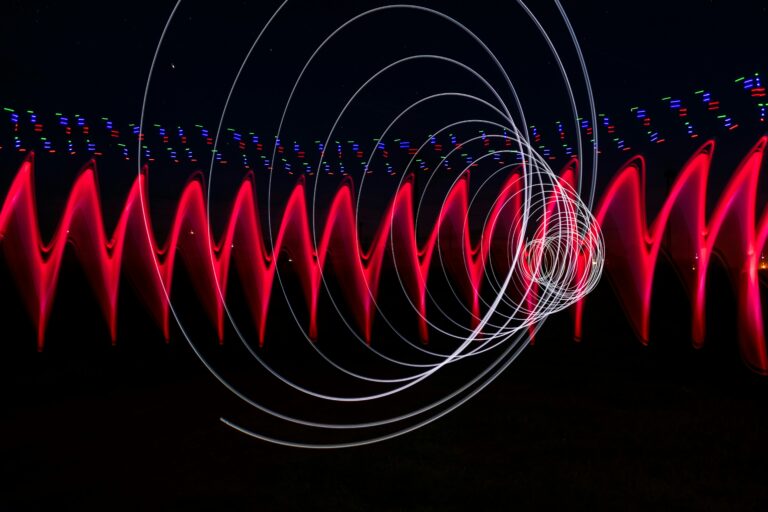
2024 Sensor 03 Detecting activity in confusing visual background
Investigate advanced image processing or other technologies that can detect humans and human activity obscured by camouflage, sight blocking, or other deception

2024 Sensor 04 Lens Detector
Develop small handheld device that can quickly detect the presence of hidden lens systems in rooms and inside vehicles
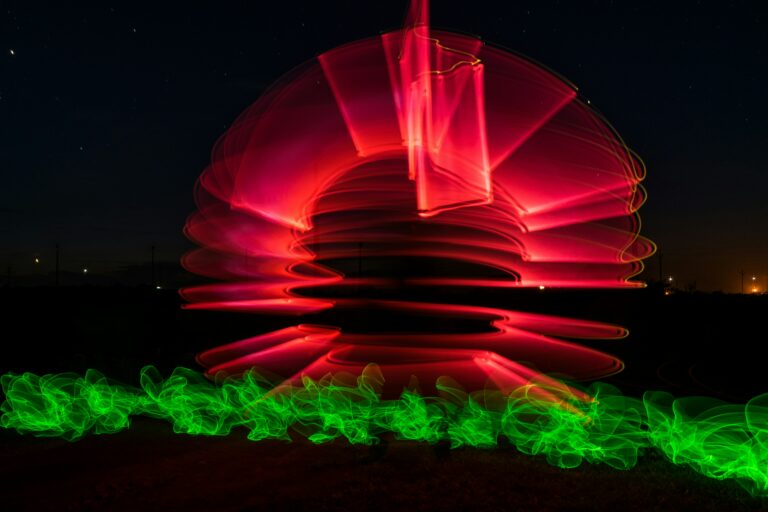
2024 Sensor 05 Detection of camouflage material
Investigate means to detect and identify camouflage. Develop small detection devices that can be used by individuals on patrols.

2024 Sensor 06 Polarized Light Anomaly Detector
Develop a small optical device that can detect linearly polarized reflected light from a viewfield, and distinguish this signature from circularly polarized light from natural sources. Demonstrate the utility of such a sensor to detect presence of camouflage or other man-made items

2024 Nav 01 Pulsar Navigation
Demonstrate the utility of geolocation referencing “pulsar” stars. Develop prototype antenna and receiver systems
2024 Nav 02 Smartphone Star Tracker
Develop and demonstrate means for smartphones with starfinder applications that can be used for precise geolocation
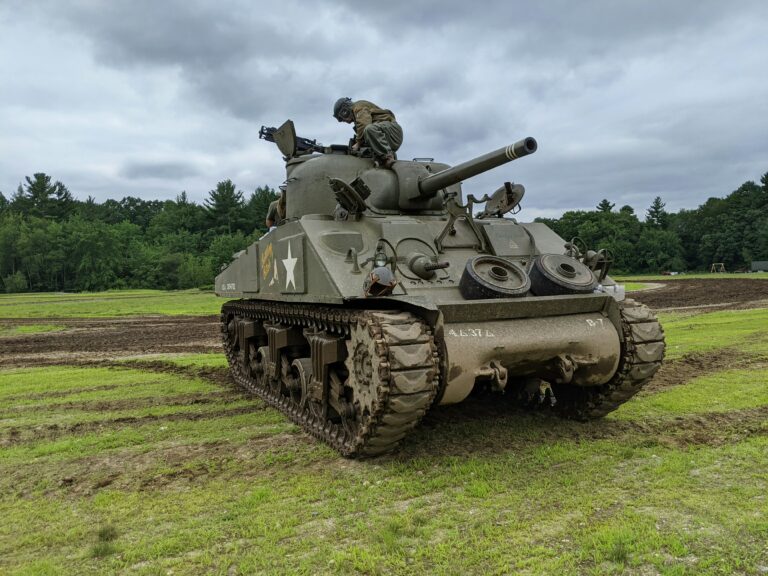
2024 Mech 01 Electronic Shock Absorbers for Heavy Weapons Fired from Light Trucks
Design prototype suspension system for light/medium trucks with electronically controlled spring rates and damping. System will allow firing of heavy weapons with minimal vehicle motion and disruption of weapon accuracy. Demonstrate components and key technologies of system.
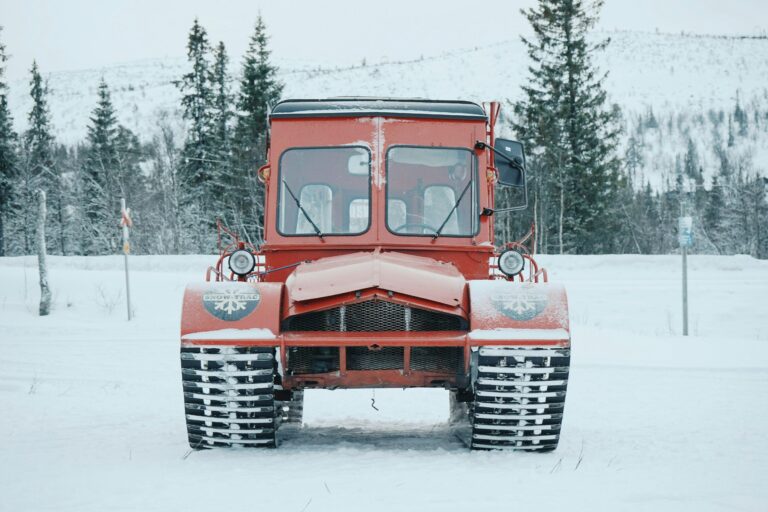
2024 Mech 02 All Terrain Small Vehicle for Amphib and Arctic Transport
Develop advanced suspension and drive systems that can be used for small tactical vehicles in very soft terrain typical in Arctic regions. Demonstrate a sub scale prototype suspension and drive system

2024 Mech 03 Electronic Bypass on Commercial Vehicles
Develop means to bypass safety or other electronic features that may disable conventional cars and light trucks so that they may be operated when combat or other operational situations require.

2024 Bio 01 “Any Donor” blood transfusion
Continue the development of an “Any Donor” blood transfusion technology for field use. Process and device must provide compatibility between different blood types for transfusions in critical combat care situations

2024 Bio 02 Blood as a Finite Resource
Research the development of a shelf stable oxygen delivering fluid as a lifesaving tool in a combat/ trauma environment. Battlefield casualties need clotting factors and oxygen transport in their bloodstreams as they are treated for combat injuries. Currently oxygen carrying capacity is found only with red blood cells that have significant constraints on their storage and use.

2024 Bio 03 Homeostasis in Confined Subterranian Environments
Investigate a transdermal patch or other biomedical intervention to manage soldiers’ physiological homeostasis, fatigue, and performance. The increasing need for confined/subterranean operations requires individuals to remain underground for weeks and possibly months at a time. Personnel must be able to maintain physiological homeostasis in the absence of unpredicted availability/quality of food/water, oxygen, light, social interaction, etc.

2024 Bio 04 Body Mounted N2 sensor for Diving
Develop a non-invasive sensor that can detect incipient nitrogen bubble formation in the bloodstream of divers and pilots. Device will be able to alert subject that decompression disease is likely

2024 Bio 05 Personal Hydration Detector
Conduct market surveys and subsequent field testing of COTS devices to measure hydration of operators in training and operational situations

2024 Bio 06 Automatic Intubation Device
Continue the development of a self-contained automatic intubation device that can be used by operators to restore airways in subjects in combat situations before definitive medical care is available.

2024 Comms 01 Covert Comms to Working Dogs
Continue the development and testing of covert communications from handlers to military and Law Enforcement working dogs. Technology must provide for communications to working dogs that are undetectable by humans in the vicinity of the dog

2024 Comms 02 Blue Laser for Underwater Comms
Test the absorption and transmissivity of various frequencies of blue lasers through seawater. Frequency shift light transmissions to find and exploit “holes” in the absorption spectra. Provide proof of concept demonstration for an Underwater Comm System

2024 Comms 03 Undetectable Personal Communications Systems
Investigate, compare, and analyze various technologies for point-to-point communications between individual operators by RF, magnetic, optical, IR, UV, ultrasound, and other physical means. Demonstrate a prototype comms system.

2024 Comms 04 Low Probability of Detection Ground to Space Comms
Design a prototype system for high rate duplex communications from ground to space assets in LEO with minimum detectability

2024 Sub 01 Electronic Tablet for Submersible Operations
Continue the development of a tablet based electronic checklist for a small manned submersible. Expand the functionality and utility of the device. Test in various use cases.

2024 Sub 02 Sub Simulator
Continue development on a laptop-based submarine simulator that will integrate multiple onboard systems and their functionalities

2024 Sub 03 Sub Autopilot Prototype
Develop a prototype small submarine electronic autopilot device. Conduct prototype testing in a “computer in the loop” and “hardware in the loop” environment.

2024 Sub 04 Submarine Hydrodynamic Model
Develop and demonstrate a small scale sub model prototype. Test the model to validate 6 DOF motion coefficients for a full size sub platform

2024 Sub 05 Deployable GPS Buoy
A buoy must be deployed from a submersible, float to the surface, and receive GPS signals. Signals are then sent down the buoy tether to the submersible. Buoy must be able to reach the surface from a depth of at least 50 meters, and has to be remotely deployable and retrievable. The buoy will be about the size of a large tomato can. Housing and Interface characterisitics will be provided. A prototype and demonstration is required.

2024 UAS 01 UAV/Drone Precision Geolocation without GPS
Develop and demonstrate means for small drones to navigate accurately when GPS signals are disrupted, unreliable, or not available.

2024 UAS 02 Laser Obstacle Avoidance for Drones
Provide a navigation/collision avoidance capability for a small drone using laser sources and sensors

2024 UAS 03 Fire Control System for Small Drones
Adapt off the shelf imaging or other fire control systems to allow precise weapon employments from a small drone

2024 UAS 04 Remote Drone Recharge Station
Develop a small portable, self-contained station that can automatically recharge small drones

2024 UAS 05 Analog Drone
Develop and demonstrate a quadcopter or small (group 1) drone that can fly using only analog electronics on the drone. Drone should be impervious to interruptions caused by microwave jammers

2024 UAS 06 “Offset” Drone Control System
Develop means to control drones where the signals from the operator and the operator’s location can be hidden or spoofed to hostile detection. Consider use of “starlink” or other remote communications techniques.

2024 UAS 07 Drone Detection and ID Market Survey
Conduct in-depth analysis and reporting of visual, thermal, acoustic, or other means to detect and identify small drones at distance

2024 UAS 08 Drone RF Signature Characterizations
Characterize the electromagnetic emission signatures of drone motors, high frequency drone computing systems, communications equipment, and acoustic signatures of propulsion systems. Analyze the utility of results to detect and locate drone position and activities.

2024 UAS 09 Using Light Sources to Hide drones
Investigate, prototype and demonstrate a light-based drone cloaking device

2024 Sensor 01 Sensing underground activity
Develop small deployable sensor packages that can detect, locate, and classify unusual activity through seismic or acoustic sensing in natural and man-made materials

2024 Sensor 02 Remote building monitoring using Wireless, RF, Power supply monitoring
Develop low observable means to monitor remote buildings in order to identify and characterize the operation of specific electrical/mechanical devices taking place inside.

2024 Sensor 03 Detecting activity in confusing visual background
Investigate advanced image processing or other technologies that can detect humans and human activity obscured by camouflage, sight blocking, or other deception

2024 Sensor 04 Lens Detector
Develop small handheld device that can quickly detect the presence of hidden lens systems in rooms and inside vehicles

2024 Sensor 05 Detection of camouflage material
Investigate means to detect and identify camouflage. Develop small detection devices that can be used by individuals on patrols.

2024 Sensor 06 Polarized Light Anomaly Detector
Develop a small optical device that can detect linearly polarized reflected light from a viewfield, and distinguish this signature from circularly polarized light from natural sources. Demonstrate the utility of such a sensor to detect presence of camouflage or other man-made items

2024 Nav 01 Pulsar Navigation
Demonstrate the utility of geolocation referencing “pulsar” stars. Develop prototype antenna and receiver systems
2024 Nav 02 Smartphone Star Tracker
Develop and demonstrate means for smartphones with starfinder applications that can be used for precise geolocation

2024 Mech 01 Electronic Shock Absorbers for Heavy Weapons Fired from Light Trucks
Design prototype suspension system for light/medium trucks with electronically controlled spring rates and damping. System will allow firing of heavy weapons with minimal vehicle motion and disruption of weapon accuracy. Demonstrate components and key technologies of system.

2024 Mech 02 All Terrain Small Vehicle for Amphib and Arctic Transport
Develop advanced suspension and drive systems that can be used for small tactical vehicles in very soft terrain typical in Arctic regions. Demonstrate a sub scale prototype suspension and drive system

2024 Mech 03 Electronic Bypass on Commercial Vehicles
Develop means to bypass safety or other electronic features that may disable conventional cars and light trucks so that they may be operated when combat or other operational situations require.

2024 Bio 01 “Any Donor” blood transfusion
Continue the development of an “Any Donor” blood transfusion technology for field use. Process and device must provide compatibility between different blood types for transfusions in critical combat care situations

2024 Bio 02 Blood as a Finite Resource
Research the development of a shelf stable oxygen delivering fluid as a lifesaving tool in a combat/ trauma environment. Battlefield casualties need clotting factors and oxygen transport in their bloodstreams as they are treated for combat injuries. Currently oxygen carrying capacity is found only with red blood cells that have significant constraints on their storage and use.

2024 Bio 03 Homeostasis in Confined Subterranian Environments
Investigate a transdermal patch or other biomedical intervention to manage soldiers’ physiological homeostasis, fatigue, and performance. The increasing need for confined/subterranean operations requires individuals to remain underground for weeks and possibly months at a time. Personnel must be able to maintain physiological homeostasis in the absence of unpredicted availability/quality of food/water, oxygen, light, social interaction, etc.

2024 Bio 04 Body Mounted N2 sensor for Diving
Develop a non-invasive sensor that can detect incipient nitrogen bubble formation in the bloodstream of divers and pilots. Device will be able to alert subject that decompression disease is likely

2024 Bio 05 Personal Hydration Detector
Conduct market surveys and subsequent field testing of COTS devices to measure hydration of operators in training and operational situations

2024 Bio 06 Automatic Intubation Device
Continue the development of a self-contained automatic intubation device that can be used by operators to restore airways in subjects in combat situations before definitive medical care is available.

2024 Comms 01 Covert Comms to Working Dogs
Continue the development and testing of covert communications from handlers to military and Law Enforcement working dogs. Technology must provide for communications to working dogs that are undetectable by humans in the vicinity of the dog

2024 Comms 02 Blue Laser for Underwater Comms
Test the absorption and transmissivity of various frequencies of blue lasers through seawater. Frequency shift light transmissions to find and exploit “holes” in the absorption spectra. Provide proof of concept demonstration for an Underwater Comm System

2024 Comms 03 Undetectable Personal Communications Systems
Investigate, compare, and analyze various technologies for point-to-point communications between individual operators by RF, magnetic, optical, IR, UV, ultrasound, and other physical means. Demonstrate a prototype comms system.

2024 Comms 04 Low Probability of Detection Ground to Space Comms
Design a prototype system for high rate duplex communications from ground to space assets in LEO with minimum detectability

2024 Sub 01 Electronic Tablet for Submersible Operations
Continue the development of a tablet based electronic checklist for a small manned submersible. Expand the functionality and utility of the device. Test in various use cases.

2024 Sub 02 Sub Simulator
Continue development on a laptop-based submarine simulator that will integrate multiple onboard systems and their functionalities

2024 Sub 03 Sub Autopilot Prototype
Develop a prototype small submarine electronic autopilot device. Conduct prototype testing in a “computer in the loop” and “hardware in the loop” environment.

2024 Sub 04 Submarine Hydrodynamic Model
Develop and demonstrate a small scale sub model prototype. Test the model to validate 6 DOF motion coefficients for a full size sub platform

2024 Sub 05 Deployable GPS Buoy
A buoy must be deployed from a submersible, float to the surface, and receive GPS signals. Signals are then sent down the buoy tether to the submersible. Buoy must be able to reach the surface from a depth of at least 50 meters, and has to be remotely deployable and retrievable. The buoy will be about the size of a large tomato can. Housing and Interface characterisitics will be provided. A prototype and demonstration is required.

2024 UAS 01 UAV/Drone Precision Geolocation without GPS
Develop and demonstrate means for small drones to navigate accurately when GPS signals are disrupted, unreliable, or not available.

2024 UAS 02 Laser Obstacle Avoidance for Drones
Provide a navigation/collision avoidance capability for a small drone using laser sources and sensors

2024 UAS 03 Fire Control System for Small Drones
Adapt off the shelf imaging or other fire control systems to allow precise weapon employments from a small drone

2024 UAS 04 Remote Drone Recharge Station
Develop a small portable, self-contained station that can automatically recharge small drones

2024 UAS 05 Analog Drone
Develop and demonstrate a quadcopter or small (group 1) drone that can fly using only analog electronics on the drone. Drone should be impervious to interruptions caused by microwave jammers

2024 UAS 06 “Offset” Drone Control System
Develop means to control drones where the signals from the operator and the operator’s location can be hidden or spoofed to hostile detection. Consider use of “starlink” or other remote communications techniques.

2024 UAS 07 Drone Detection and ID Market Survey
Conduct in-depth analysis and reporting of visual, thermal, acoustic, or other means to detect and identify small drones at distance

2024 UAS 08 Drone RF Signature Characterizations
Characterize the electromagnetic emission signatures of drone motors, high frequency drone computing systems, communications equipment, and acoustic signatures of propulsion systems. Analyze the utility of results to detect and locate drone position and activities.

2024 UAS 09 Using Light Sources to Hide drones
Investigate, prototype and demonstrate a light-based drone cloaking device

2024 Sensor 01 Sensing underground activity
Develop small deployable sensor packages that can detect, locate, and classify unusual activity through seismic or acoustic sensing in natural and man-made materials

2024 Sensor 02 Remote building monitoring using Wireless, RF, Power supply monitoring
Develop low observable means to monitor remote buildings in order to identify and characterize the operation of specific electrical/mechanical devices taking place inside.

2024 Sensor 03 Detecting activity in confusing visual background
Investigate advanced image processing or other technologies that can detect humans and human activity obscured by camouflage, sight blocking, or other deception

2024 Sensor 04 Lens Detector
Develop small handheld device that can quickly detect the presence of hidden lens systems in rooms and inside vehicles

2024 Sensor 05 Detection of camouflage material
Investigate means to detect and identify camouflage. Develop small detection devices that can be used by individuals on patrols.

2024 Sensor 06 Polarized Light Anomaly Detector
Develop a small optical device that can detect linearly polarized reflected light from a viewfield, and distinguish this signature from circularly polarized light from natural sources. Demonstrate the utility of such a sensor to detect presence of camouflage or other man-made items

2024 Nav 01 Pulsar Navigation
Demonstrate the utility of geolocation referencing “pulsar” stars. Develop prototype antenna and receiver systems
2024 Nav 02 Smartphone Star Tracker
Develop and demonstrate means for smartphones with starfinder applications that can be used for precise geolocation

2024 Mech 01 Electronic Shock Absorbers for Heavy Weapons Fired from Light Trucks
Design prototype suspension system for light/medium trucks with electronically controlled spring rates and damping. System will allow firing of heavy weapons with minimal vehicle motion and disruption of weapon accuracy. Demonstrate components and key technologies of system.

2024 Mech 02 All Terrain Small Vehicle for Amphib and Arctic Transport
Develop advanced suspension and drive systems that can be used for small tactical vehicles in very soft terrain typical in Arctic regions. Demonstrate a sub scale prototype suspension and drive system

2024 Mech 03 Electronic Bypass on Commercial Vehicles
Develop means to bypass safety or other electronic features that may disable conventional cars and light trucks so that they may be operated when combat or other operational situations require.
Previous Topics

2023 SOFSA 05 Efficient Warehouse
Develop means to increase the capacity and throughput of a large warehouse while reducing personnel labor hours and cost of operations. Warehouse descriptions and operational details will be provided. A simulation model for warehouse operations is desired where changes in operations can be explored.

2023 SOFSA 03 Air-transportable Lithium Batteries
Prototype means to allow safe transport of hazardous lithium batteries on military and civilian aircraft. Batteries are small and medium sized units that are packed in a single group weighing up to 30 kg.

2022 USASOC 04 Celestial Positioning Accuracy
Conduct analyses and tests to determine the positional accuracy (Lat/Long) of a man-portable celestial positioning device. Performances of interest include 1) duration of observation(s); 2) movement/ velocity of the observing device; and 3) amount of sunlight; and 4) amount of sky obscuration.
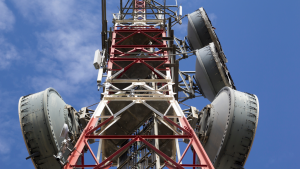
2022 USASOC 03 Drone Video to Cell Tower
Develop a transmitter to be carried on a small drone that can exfiltrate drone video to a commercial cell phone network directly through a cell phone tower. A demonstration is required.
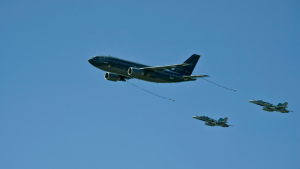
2022 USASOC 02 Leak Proof Aviation Fuel Bladder
A fuel bladder that supplies aviation fuel, designed to be self sealing or that can detect and stop its own leaks by some means. A prototype or subscale model demonstrator is desired.
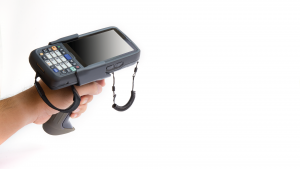
2022 USASOC 01 Aviation Fuel Purity Device
A small portable fuel-checking device to be used by non-specialist flight crew to test fuel for contaminants before it is taken onboard. Fuel will be in bladders either afloat or on ground. As an option, device may be remotely operated and data sent to the flight crew by some means of signal.
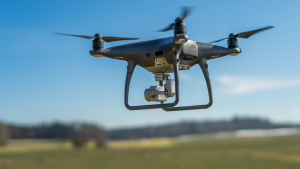
2022 USASOC 11 Quiet Drone
Develop quiet drone (quadcopter) technology. Prototype a test chamber, equipment, instrumentation, and protocols to measure the effectiveness of noise canceling technologies.

2022 USASOC 10 Emojis in Context
Develop algorithms to correlate emojis to text messages in foreign languages and social media platforms. Infer meanings and sentiment for emojis based on the algorithms
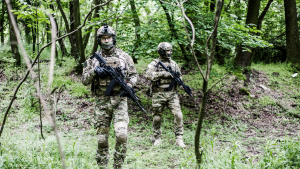
2022 USASOC 08 Friendly Forces ID
Develop means to identify friendly forces on the battlefield under combat conditions. Technologies must not make users more vulnerable to hostile detection and attack.
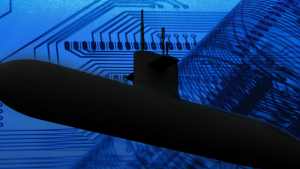
2023 NSWG 802 Computer-Based Electrical Simulator for Submersible Maritime Platform
Develop a shore based computer training capability to teach various onboard systems for crews of a small Navy submersible.

2023 NSWG 801 Electronic Operations Manual for Submersible Maritime Platform (“Everything Tablet”)
Prototype a laptop or tablet based guide listing procedures for operation of a Navy submersible.
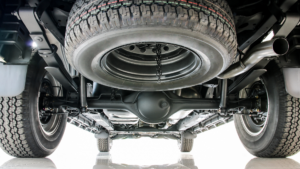
2023 SOFSA 09 Advanced Vehicle Suspension
Design and prototype an advanced vehicle suspension that can improve vehicle mobility over obstacles, highly inclined surfaces, and can better adapt vehicles to loading and transport on cargo aircraft such as CH 47 with limited interior dimensions (height and width).

2023 SOFSA 08 Vehicle Emergency Electronic Bypass
Develop devices that will allow commercial vehicles to function in emergency situations by bypassing safety devices, computers, sensors, and other inhibiting software. A prototype device shall be demonstrated on a target vehicle.

2023 SOFSA 07 Optimized Shop Work Planning Tool
Develop algorithms that will increase efficiencies in managing workflow through various shops in a maintenance, fabrication, and supply facility. A demonstration of a working management tool will be required.
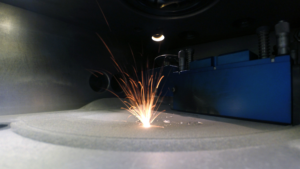
2023 SOFSA 06 Near-Net Rapid Prototyping in Metals
Develop and demonstrate rapid prototyping technologies and devices that can create parts for vehicle, weapons, and other applications from ferrous and nonferrous metals. Devices must be portable (fit in bed of pickup truck). Material removal (machining) processes may be combined with additive manufacturing in a single device. “Lost foam” fabrication may also be considered.

2023 NSWG 802 Computer-Based Electrical Simulator for Submersible Maritime Platform
Develop a shore based computer training capability to teach various onboard systems for crews of a small Navy submersible.

2023 NSWG 801 Electronic Operations Manual for Submersible Maritime Platform (“Everything Tablet”)
Prototype a laptop or tablet based guide listing procedures for operation of a Navy submersible.

2023 SOFSA 09 Advanced Vehicle Suspension
Design and prototype an advanced vehicle suspension that can improve vehicle mobility over obstacles, highly inclined surfaces, and can better adapt vehicles to loading and transport on cargo aircraft such as CH 47 with limited interior dimensions (height and width).

2023 SOFSA 08 Vehicle Emergency Electronic Bypass
Develop devices that will allow commercial vehicles to function in emergency situations by bypassing safety devices, computers, sensors, and other inhibiting software. A prototype device shall be demonstrated on a target vehicle.

2023 SOFSA 07 Optimized Shop Work Planning Tool
Develop algorithms that will increase efficiencies in managing workflow through various shops in a maintenance, fabrication, and supply facility. A demonstration of a working management tool will be required.

2023 SOFSA 06 Near-Net Rapid Prototyping in Metals
Develop and demonstrate rapid prototyping technologies and devices that can create parts for vehicle, weapons, and other applications from ferrous and nonferrous metals. Devices must be portable (fit in bed of pickup truck). Material removal (machining) processes may be combined with additive manufacturing in a single device. “Lost foam” fabrication may also be considered.
Still have questions?
Email us with any questions or inquiries if you can not find the right answer from FAQs.